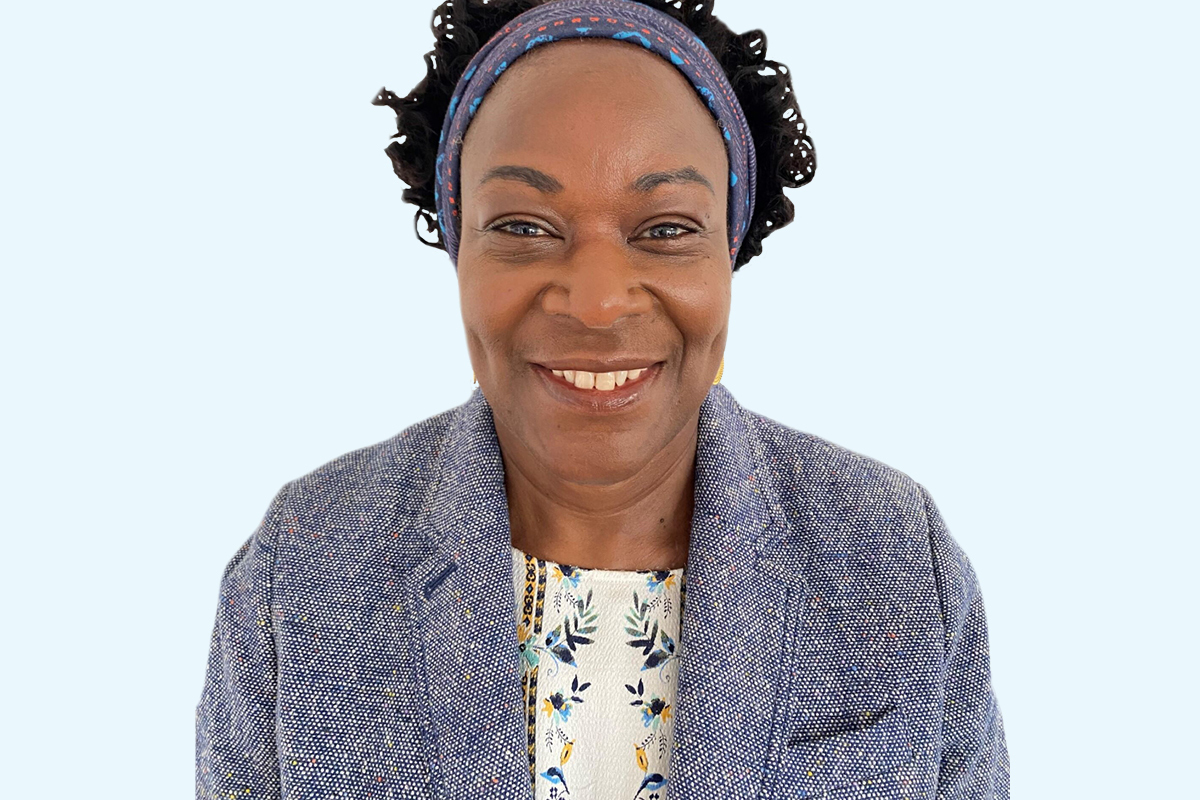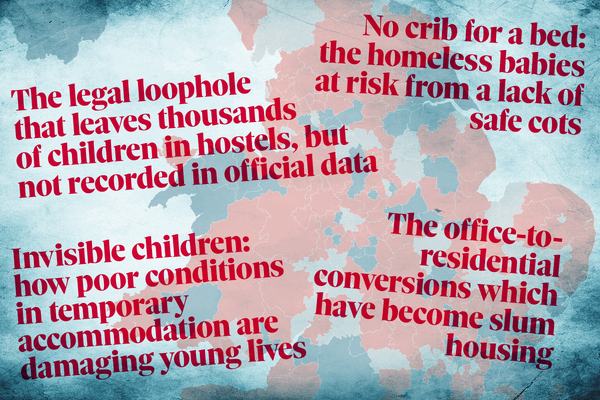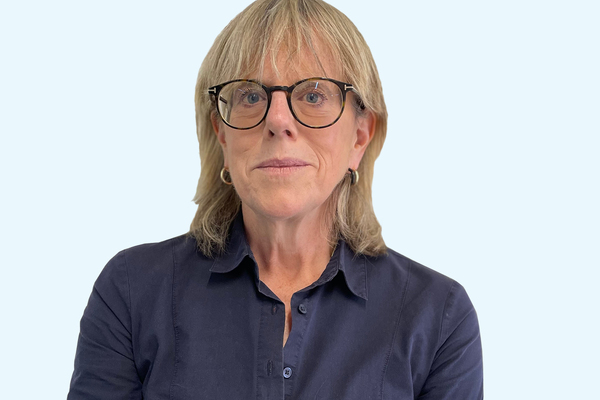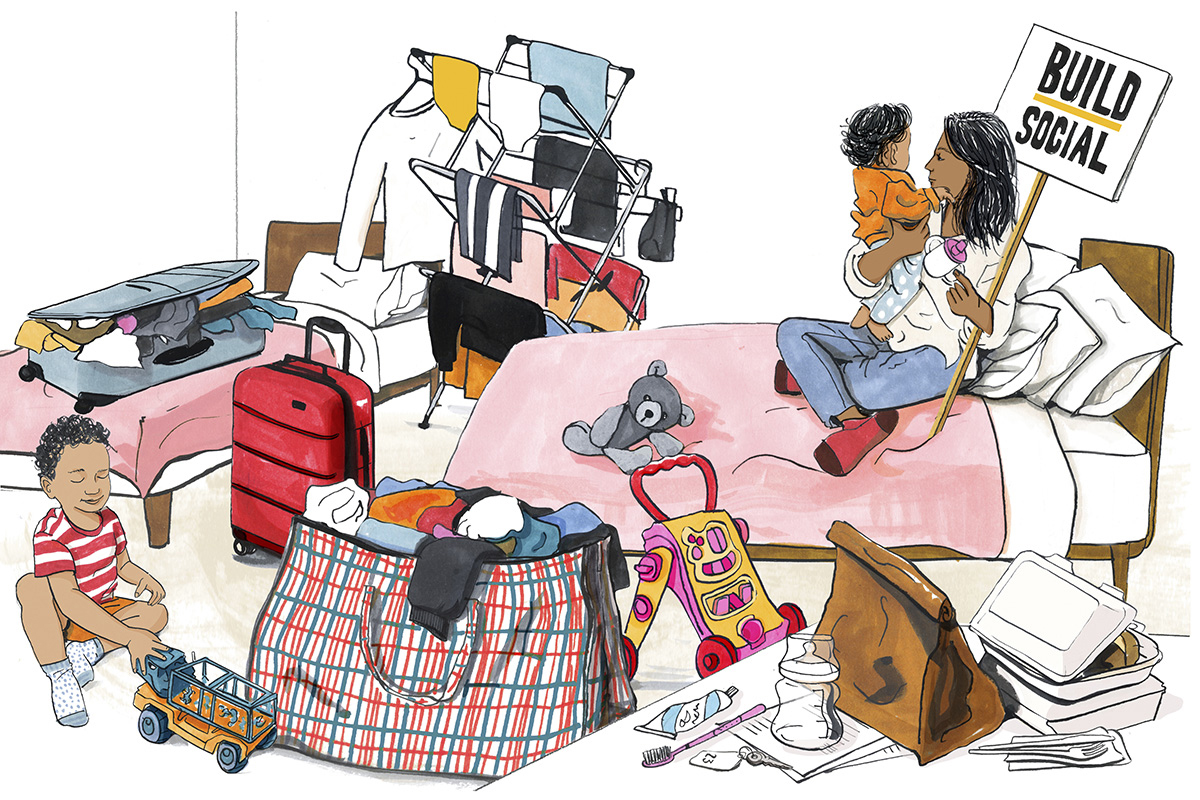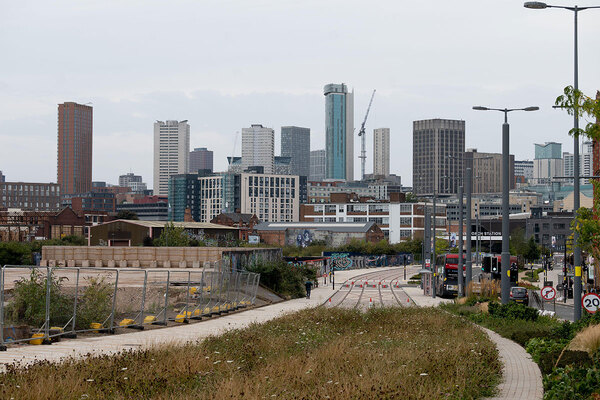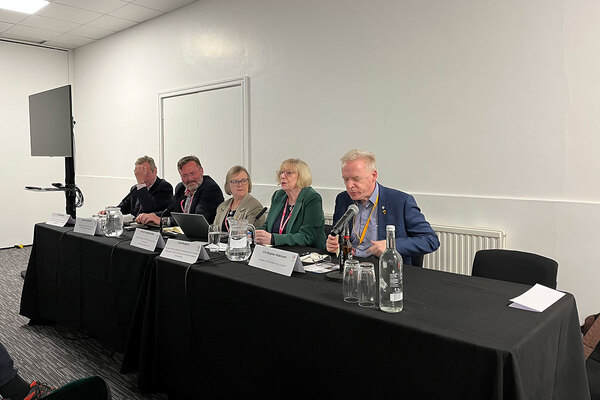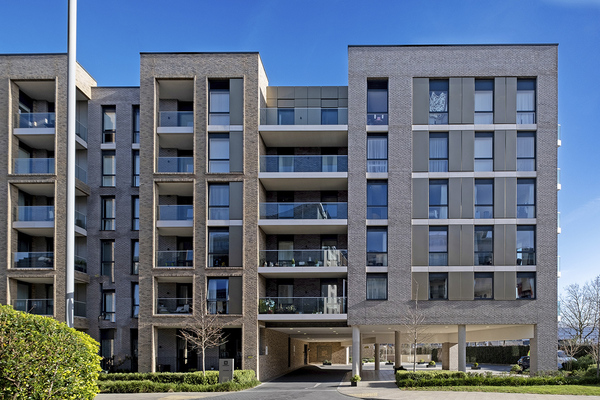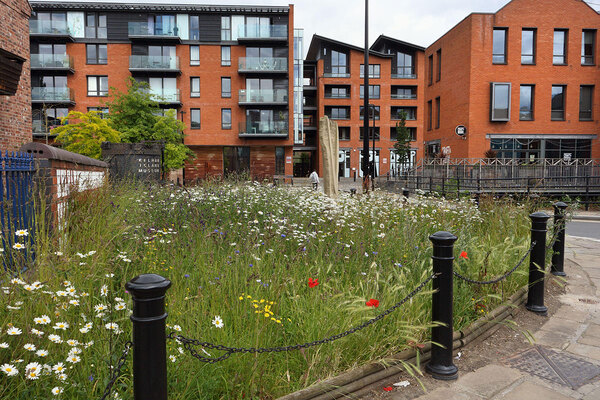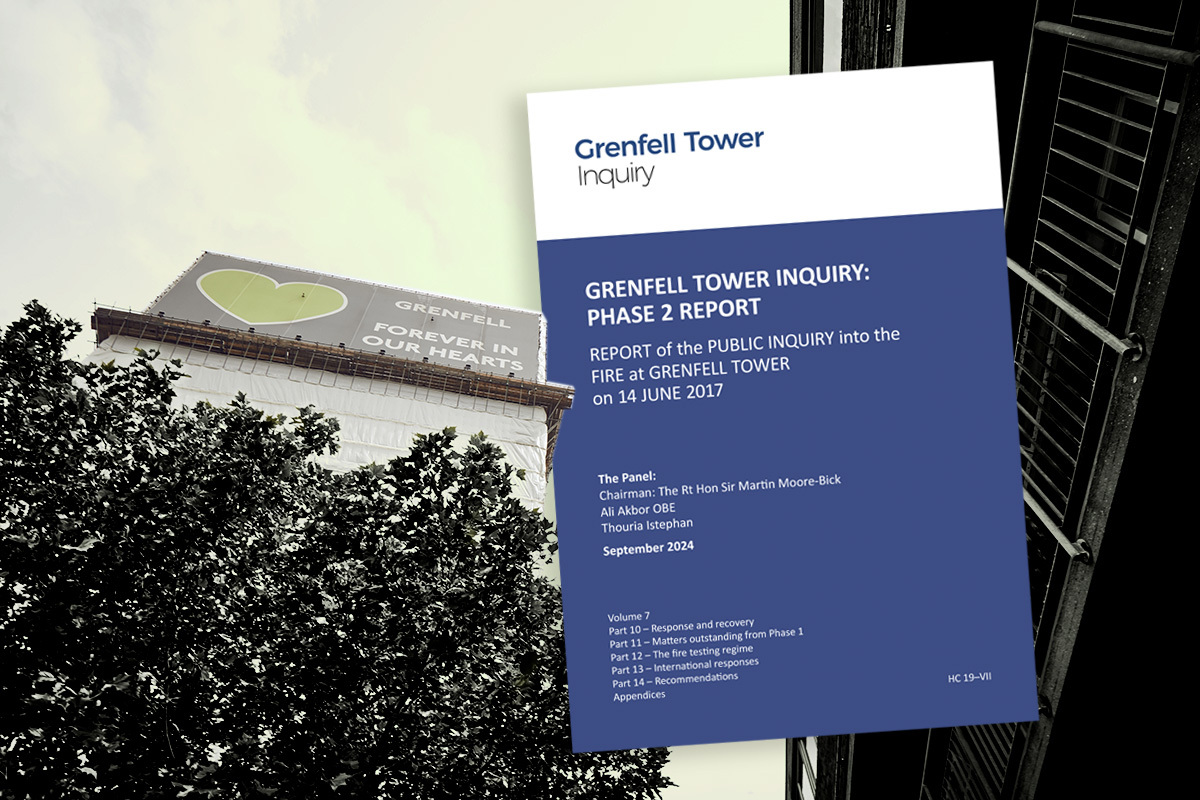You are viewing 1 of your 1 free articles
Social housing made me the woman I am today
My family’s social home changed our lives. I can only dream of that for today’s children, writes Mary Foulkes, director of equity, inclusion and culture at Shelter
Some memories blur with time, but my earliest remains vivid. I was five years old and racing up the stairs of my family’s first social home, to the bedroom that would soon be mine. All mine.
Moments later, I was crouched inside my bedroom cupboard, a red felt-tip pen clutched in my hand. “Mary Dawn Regis – 1970,” I wrote triumphantly on the cupboard wall. Not an act of vandalism, but a mark of ownership, of permanence. This was my home now.
Sadly, this feeling is something the 1.3 million households currently stuck on the social housing waiting list don’t get to experience. Decades of failure to build enough social homes, and the continuing sales and demolition of existing ones, has left the country’s social housing stock in a sorry state.
I was one of the lucky ones. My parents were part of the Windrush generation who came to London for a new life. They joined the social housing waiting list, and were eventually offered a three-bedroom flat on Battersea’s Doddington Estate.
I was so happy. Now our family had somewhere safe to build a future.
Each day while Dad worked, Mum would walk us to school nearby before heading off to her own job. It didn’t take long to make friends there, and at home. On every floor of our tower block, there was a playroom filled with toys – ours even had a slide. All the kids went in there, and there’d be a buzz of excited chatter as we played together.
Before long, it seemed Mum and Dad knew everyone on our estate. Doors were left open, so there was always an ‘auntie’ or ‘uncle’, as we called our neighbours, popping round. Money was tight for everyone, but that hardship meant we really were in it together.
“I was one of the lucky ones. My parents were part of the Windrush generation who came to London for a new life, joined the social housing waiting list, and were eventually offered a three-bedroom flat on Battersea’s Doddington Estate”
When putting food on the table was a struggle, neighbours would cook you tea; lifts were offered to the elderly, and little ones were babysat.
I don’t want to rose-tint the past. Not everyone got on, but we shared a sense of community.
Such social cohesion did have its downsides. If you misbehaved, the Doddington grapevine meant your parents would hear before you’d even returned home!
My first foray into social activism was sparked when, aged 12, I witnessed a local shopkeeper being very rude to an elderly woman who was just half a pence short for some milk. Outraged, I went knocking on doors, telling people on the estate to boycott the shop. Two days later, the shopkeeper apologised and offered the woman extra bottles of milk. I was thrilled. I’d seen what collective action on a small scale could do. It got me wondering what more I could achieve.
Having dreams you can aspire to is so important for kids. But for people living in privately rented homes or temporary accommodation, it’s almost impossible to make long-term plans. Last year alone, a record 25,910 households were threatened with homelessness as a result of Section 21 ‘no fault’ evictions.
With your life in limbo, it’s difficult for children to thrive at school, or even dream about a better future. I didn’t experience the horrors of mouldy B&Bs, or sharing hostel bathrooms with strangers, but there are currently 145,800 children in temporary accommodation with their families who do.
Thankfully, with the security of a long-term affordable council tenancy, I was able to knuckle down and study without having to constantly worry about losing my home, and earned myself a place at university.
Some suggested I’d done well despite my background. What they didn’t realise was that I’d succeeded because of what it gave me: community, stability, hope.
“Some suggested I’d done well despite my background. What they didn’t realise was that I’d succeeded because of what it gave me: community, stability, hope”
After university, I had a successful career in HR, proudly received an OBE for my charity work, and became a local government councillor in Southwark. My patch was in Peckham, one of the most deprived areas you could imagine. Yet when I went around some of those estates, I still found that cohesion and strong, vocal residents’ associations striving to get things done.
That power of community activism led me to Shelter, where I’m now director of equity, inclusion and culture.
The new Labour government has laid out its plans to deliver the biggest increase in social housebuilding in a generation. There really is no time to waste. When I moved into my social home in 1970, nearly 140,000 social homes were built in a single year. Last year, we built fewer than 10,000. For the government to truly achieve their goal, any new planning legislation must be focused on delivering 90,000 social rent homes a year.
These days, I live in Yorkshire, but my dad still lives in social housing in Battersea, just around the corner from our old home. I sometimes wonder if that happy, hopeful red felt-tip scrawl is still there.
You see, that’s what social housing can give you – happiness, hope and a secure home for life.
Mary Foulkes, director of equity, inclusion and culture, Shelter
Sign up for our daily newsletter
Already have an account? Click here to manage your newsletters

